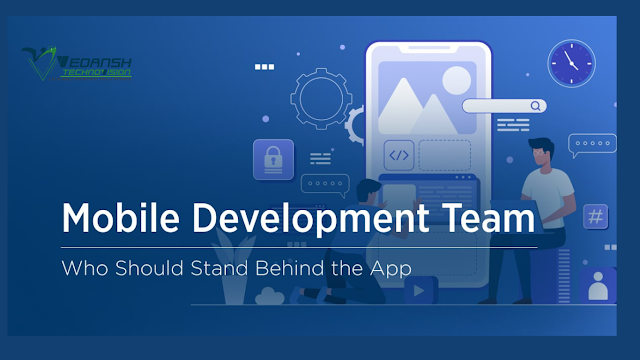The Future of HTML and Web Development-Shaping the Digital Landscape

In the ever-evolving world of technology, the web continues to play a central role in our lives. And at the core of the web lies HTML (Hypertext Markup Language), the foundational language that structures and presents content on the internet. Since its inception, HTML has undergone numerous updates and improvements, and its future promises to bring exciting advancements in web development. This article explores the future of HTML and web development, discussing emerging trends, innovative features, and the transformative potential they hold. I. HTML5 and Its Impact: HTML5, released in 2014, revolutionized the web development landscape by introducing new semantic elements, enhanced multimedia capabilities, and improved APIs. It provided developers with a powerful toolkit for building rich and interactive web experiences, driving the growth of cross-platform applications and mobile-friendly websites. Despite its significant advancements, HTML5 was only the beginning of a much larger tran...





